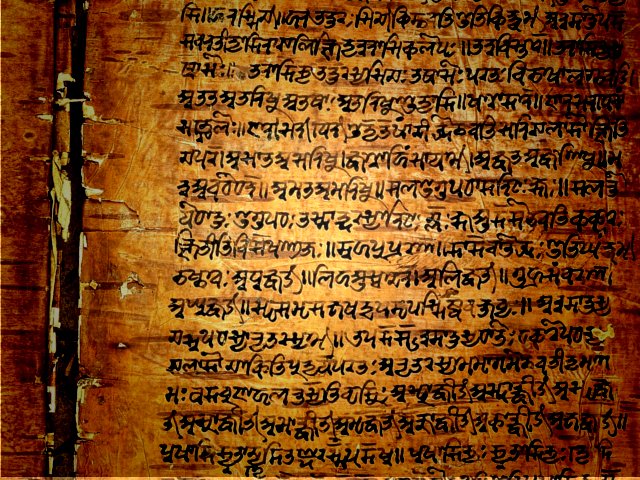
Patanjali's Yoga Sutras
This book contains 196 concise sentences, well-connected as flowers in a garland, presenting the subject of Yoga in its entirety. Agamas or Vedas look upon Lord as a limitless conscious- being and a repository of all knowledge. Knowledge of Yoga also, therefore, comes from the lord and has existed for millennia. Even though it came much later, Yoga Sutras of Patanjali is a pioneering work as the eight limbs of yoga summed up in this book form the basis of Ashtanga Yoga. One meaning of the word Yoga is self-knowledge. A life-style followed to gain self-knowledge is also called Yoga. Yoga is, therefore, both the journey and the destination. The book addresses both categories of yogis, those who are naturally contemplative and are pursuing knowledge exclusively (Chapter 1 -Samadhi Pada); and those who are pursuing other goals in life but have a value for self-knowledge and would like to become contemplative (Chapter 2 - Sadhana Pada).

